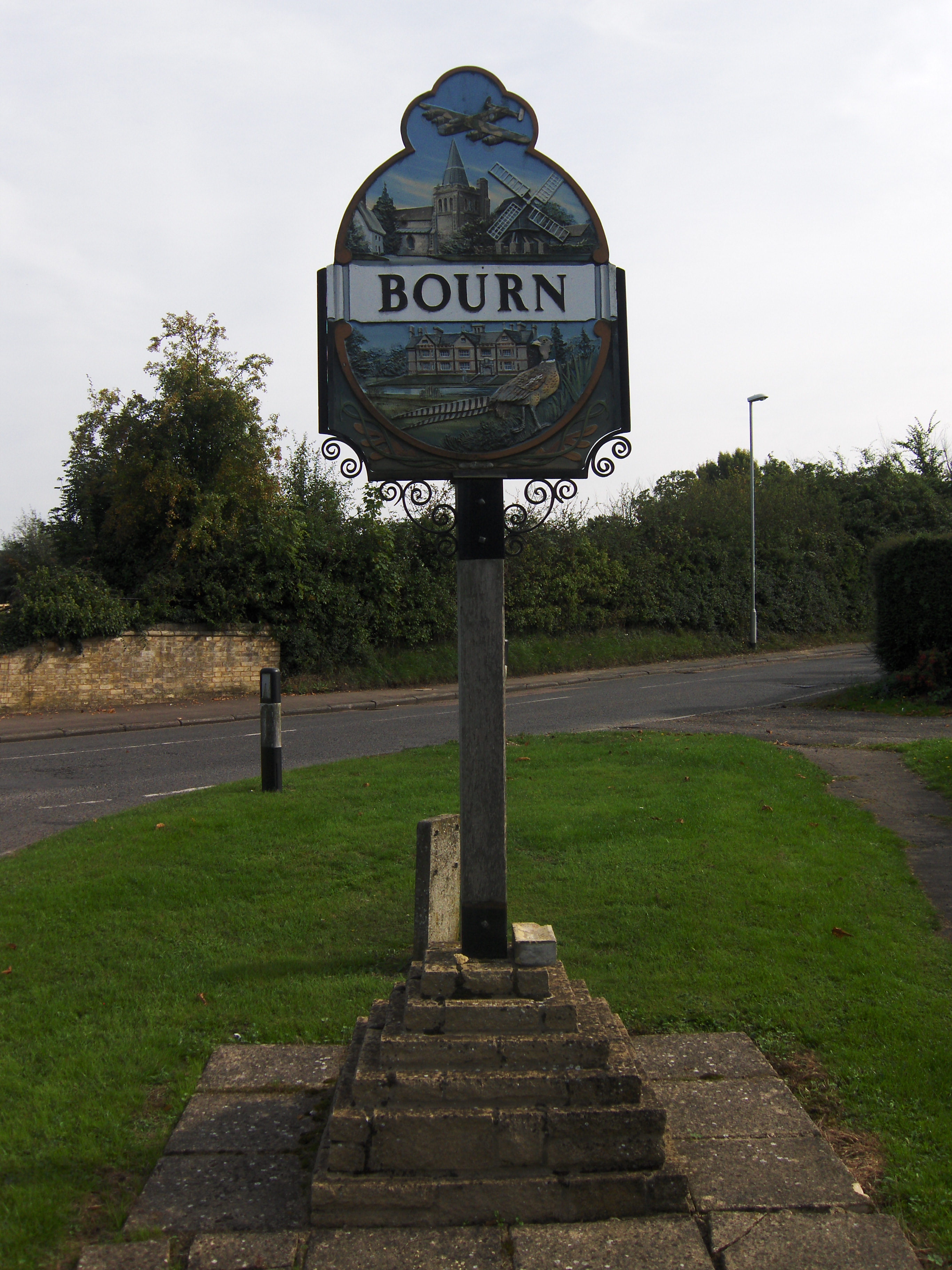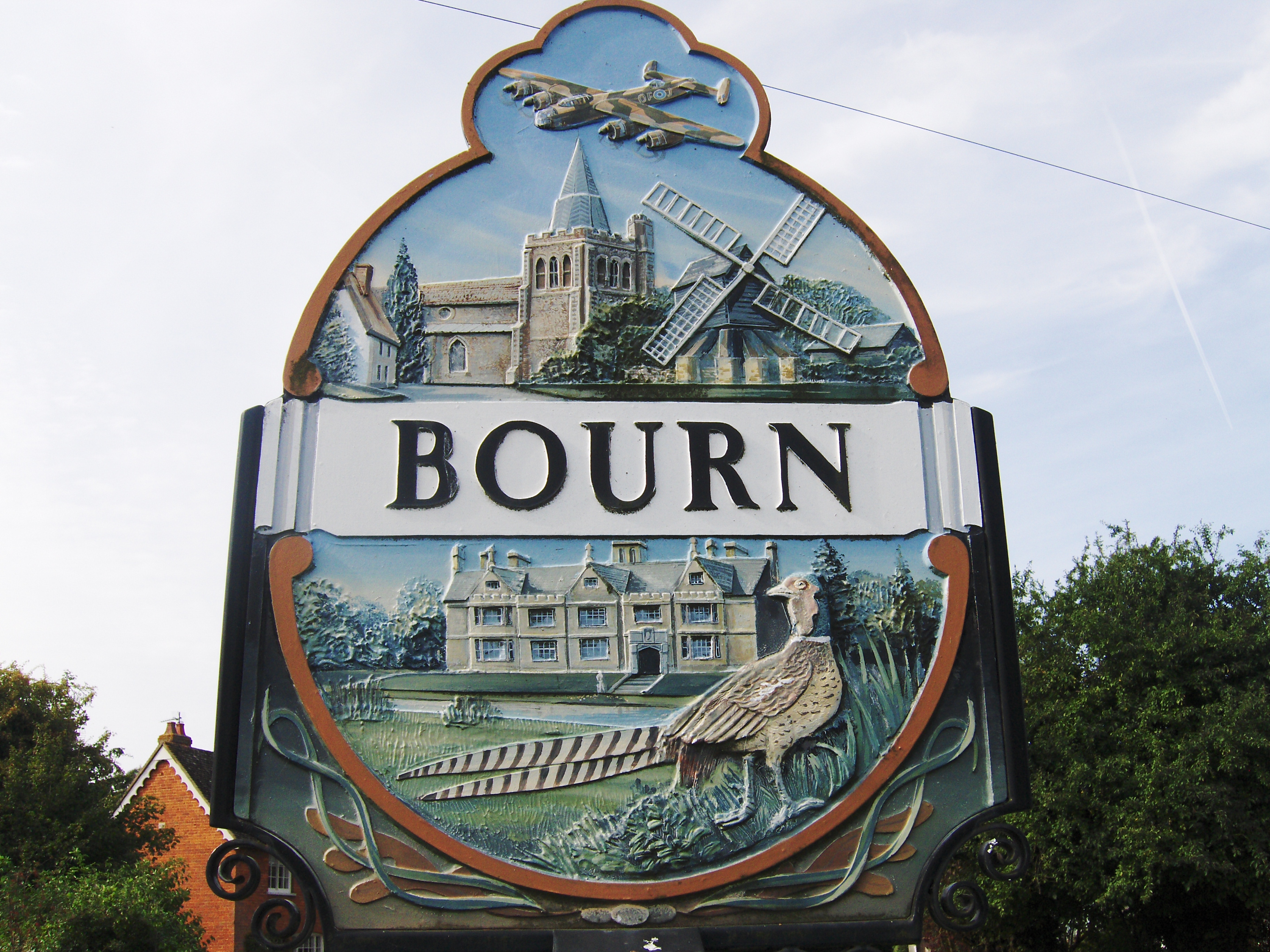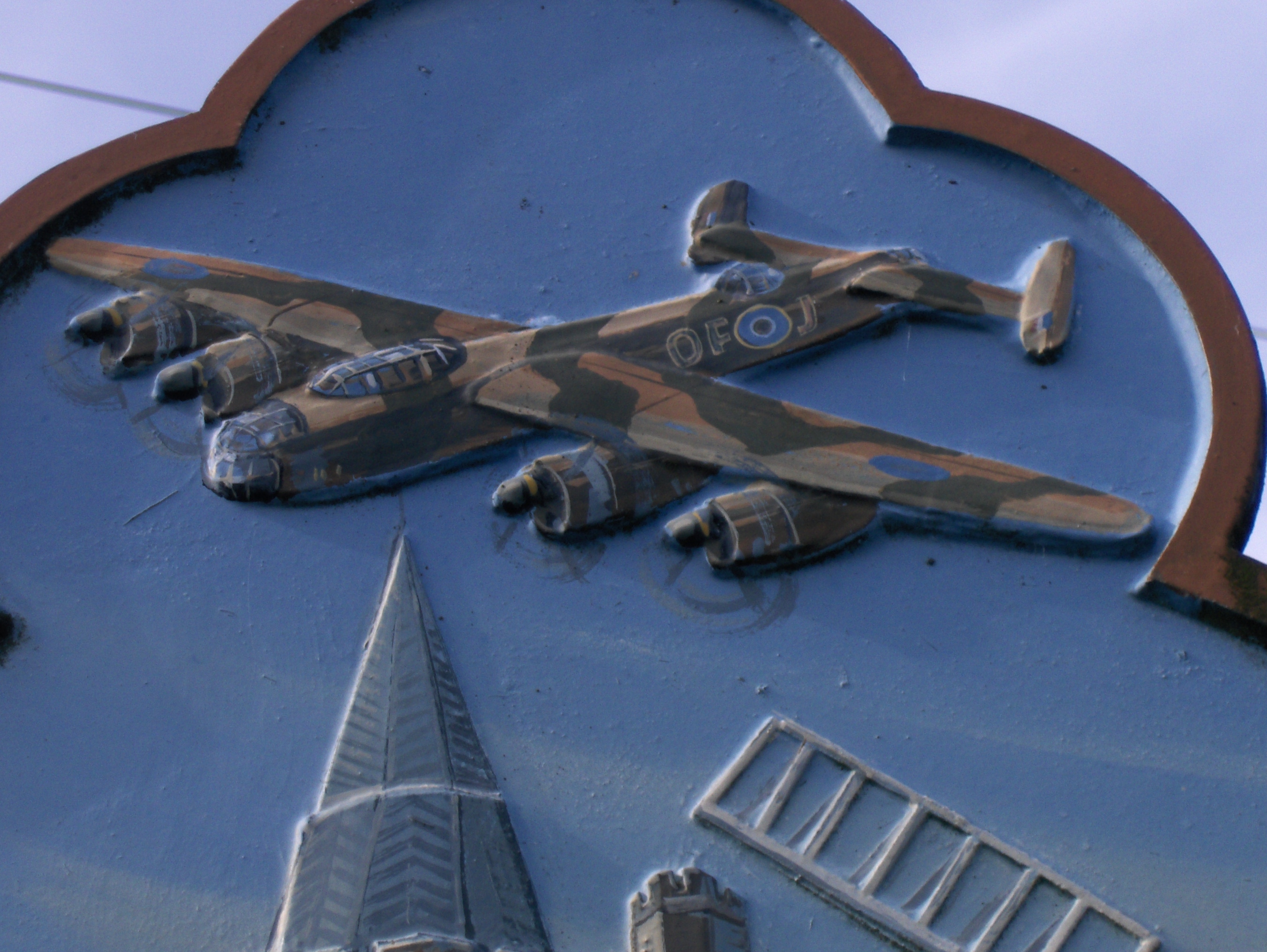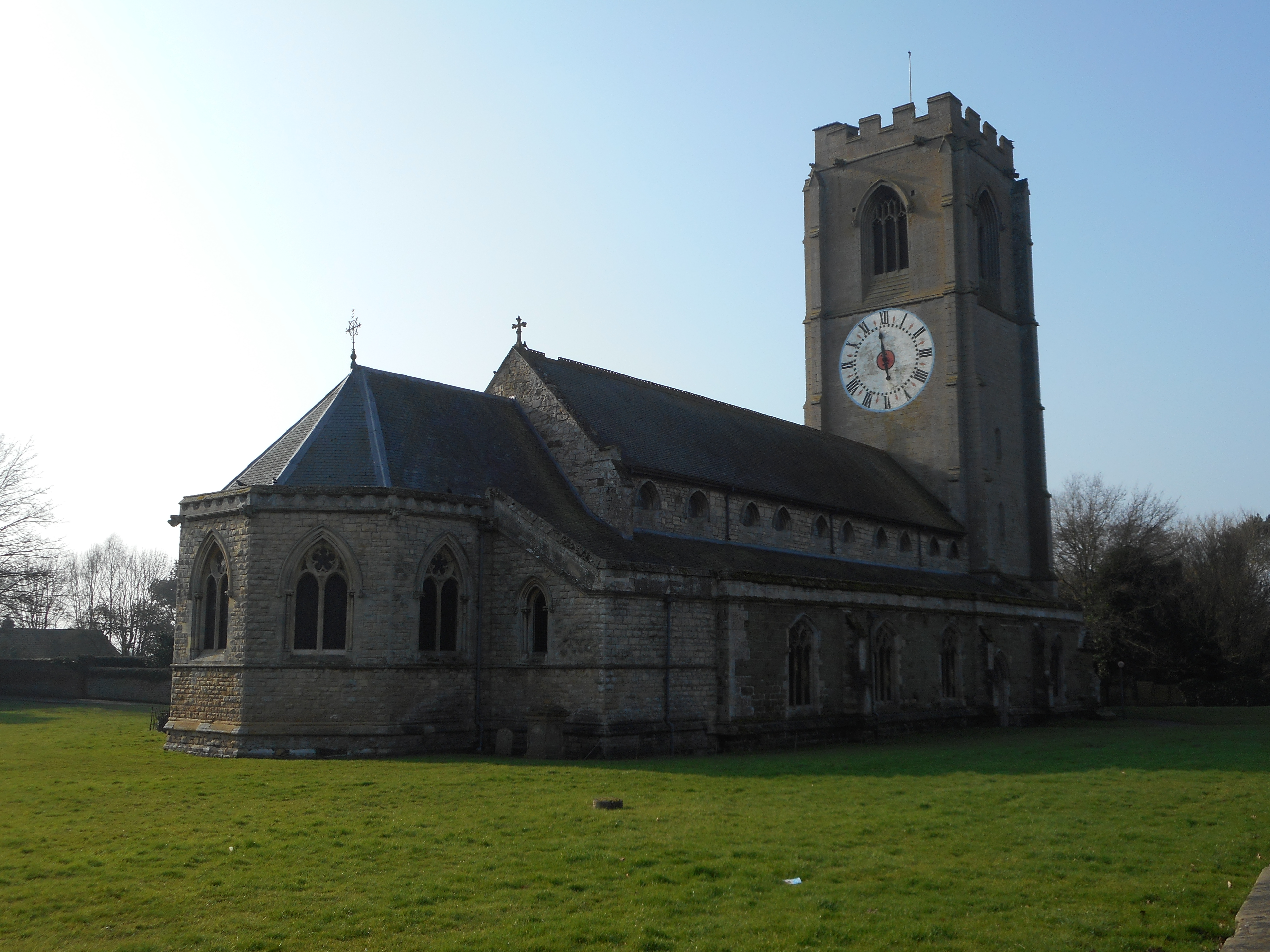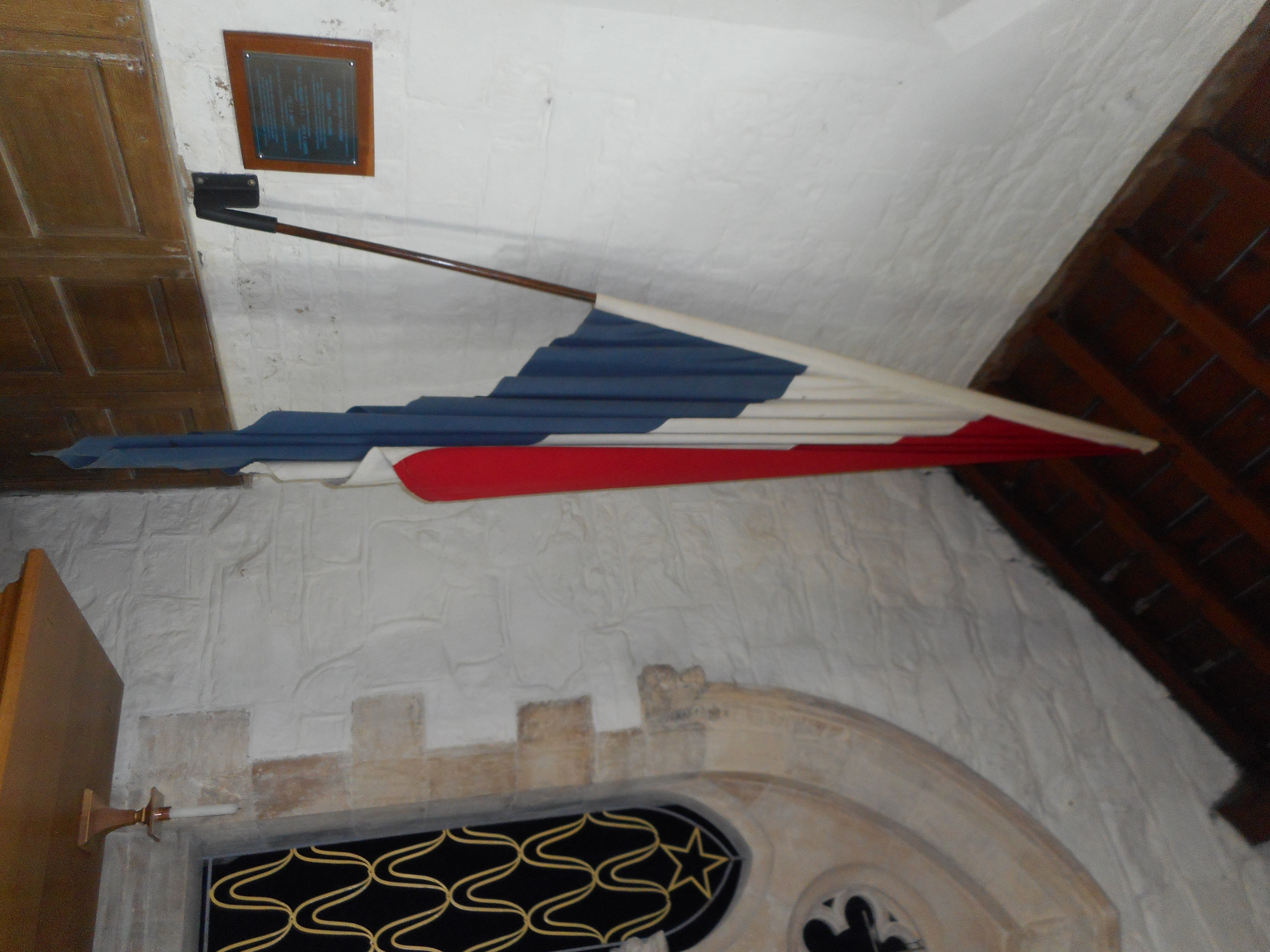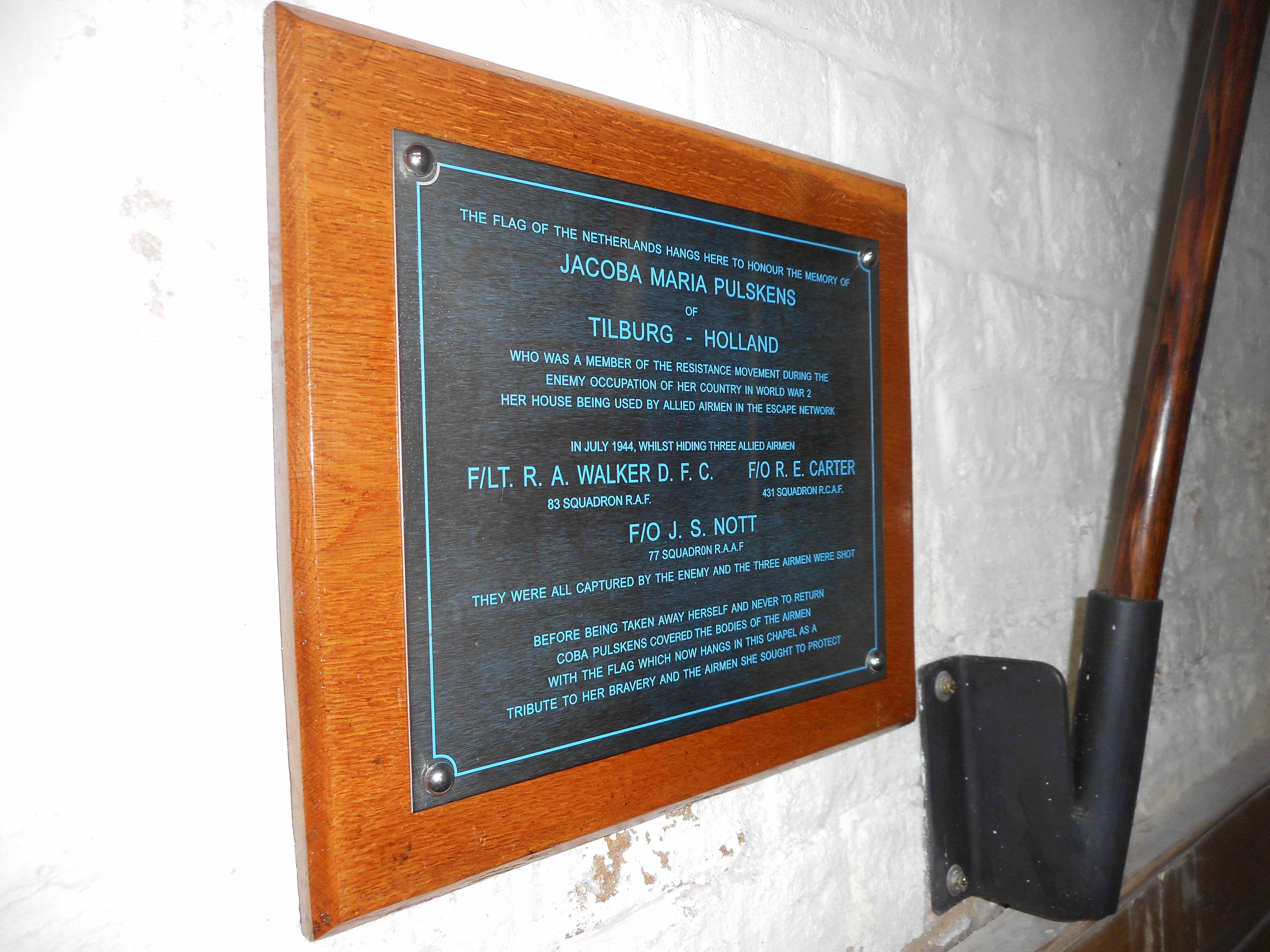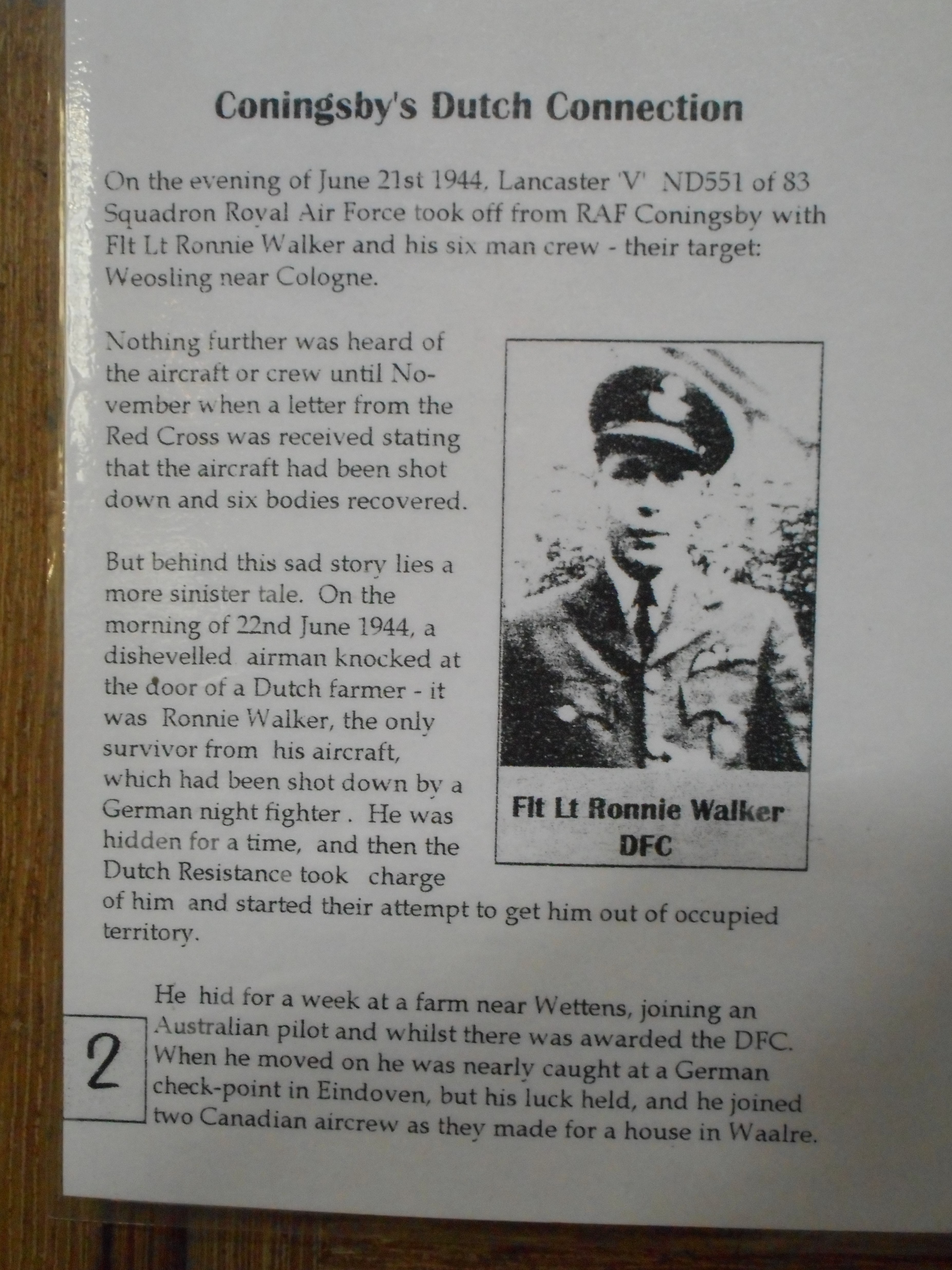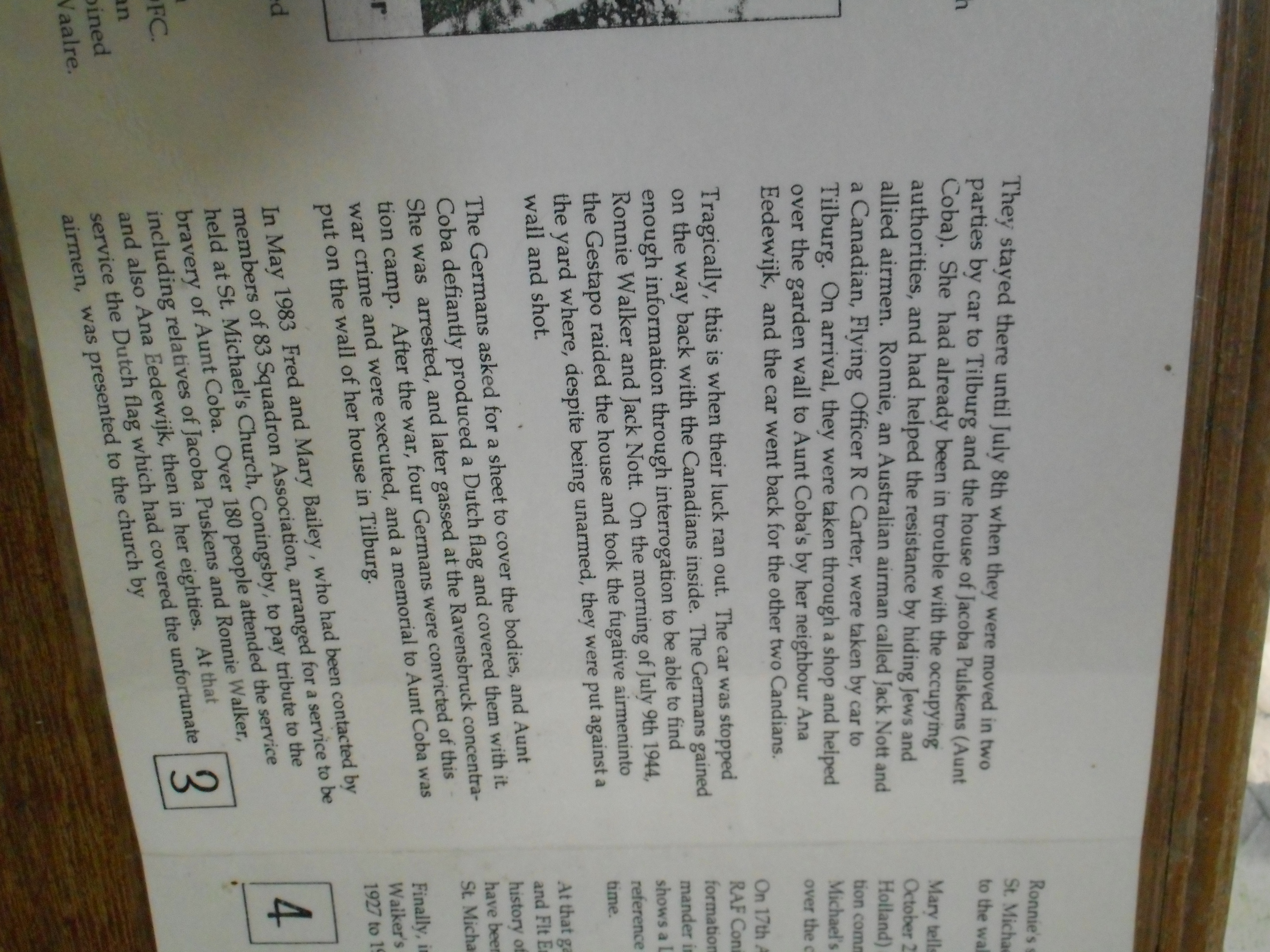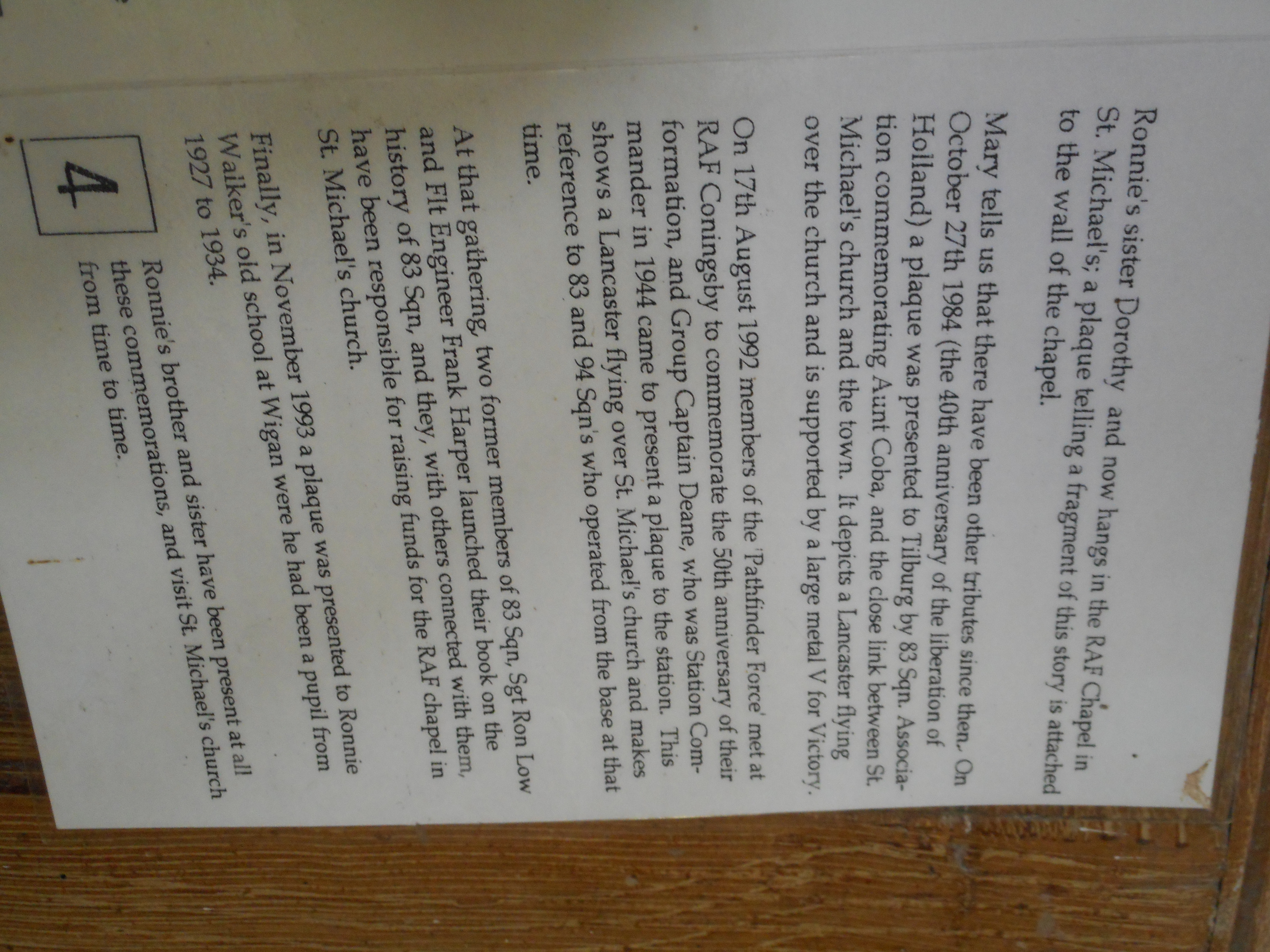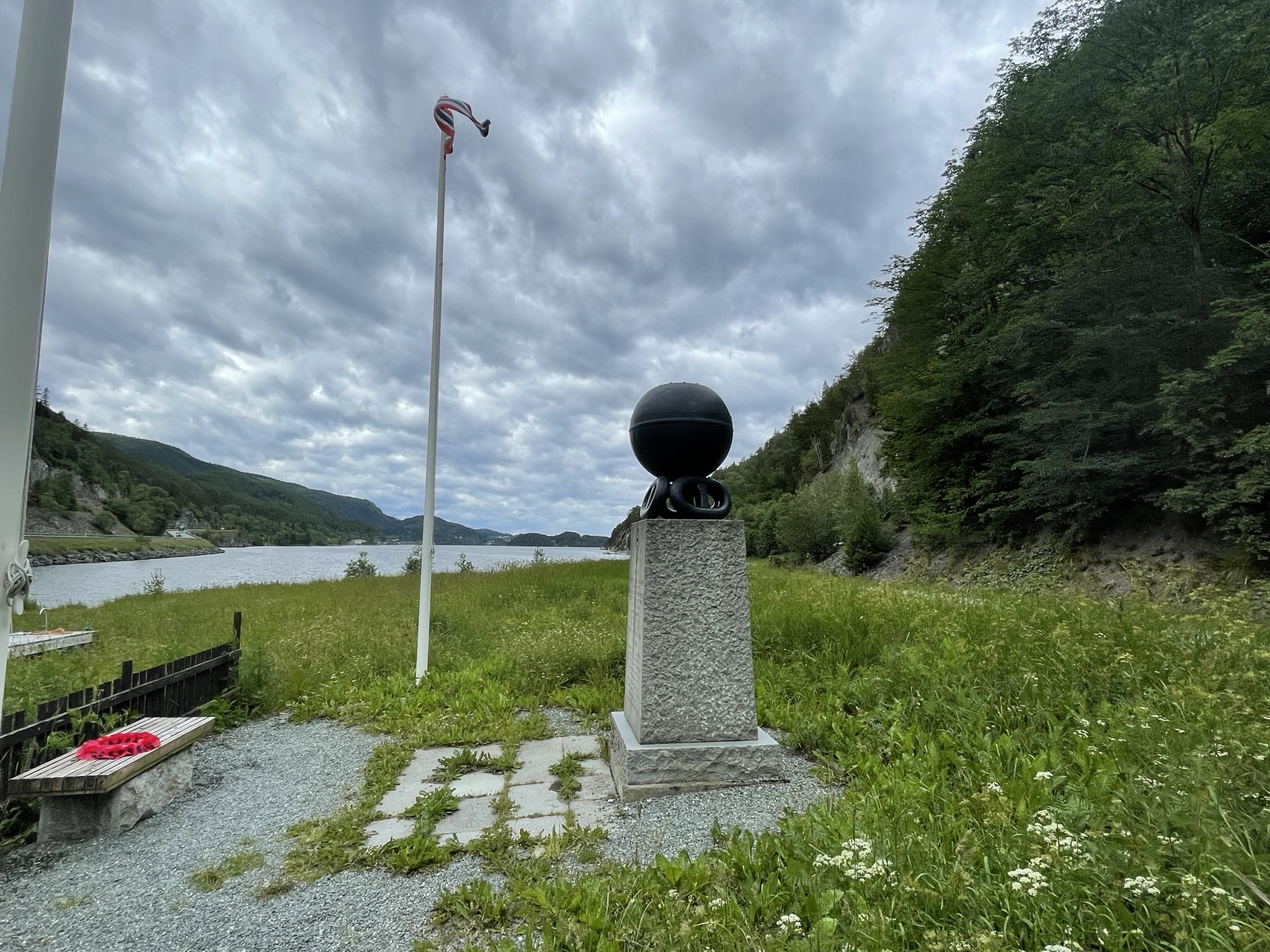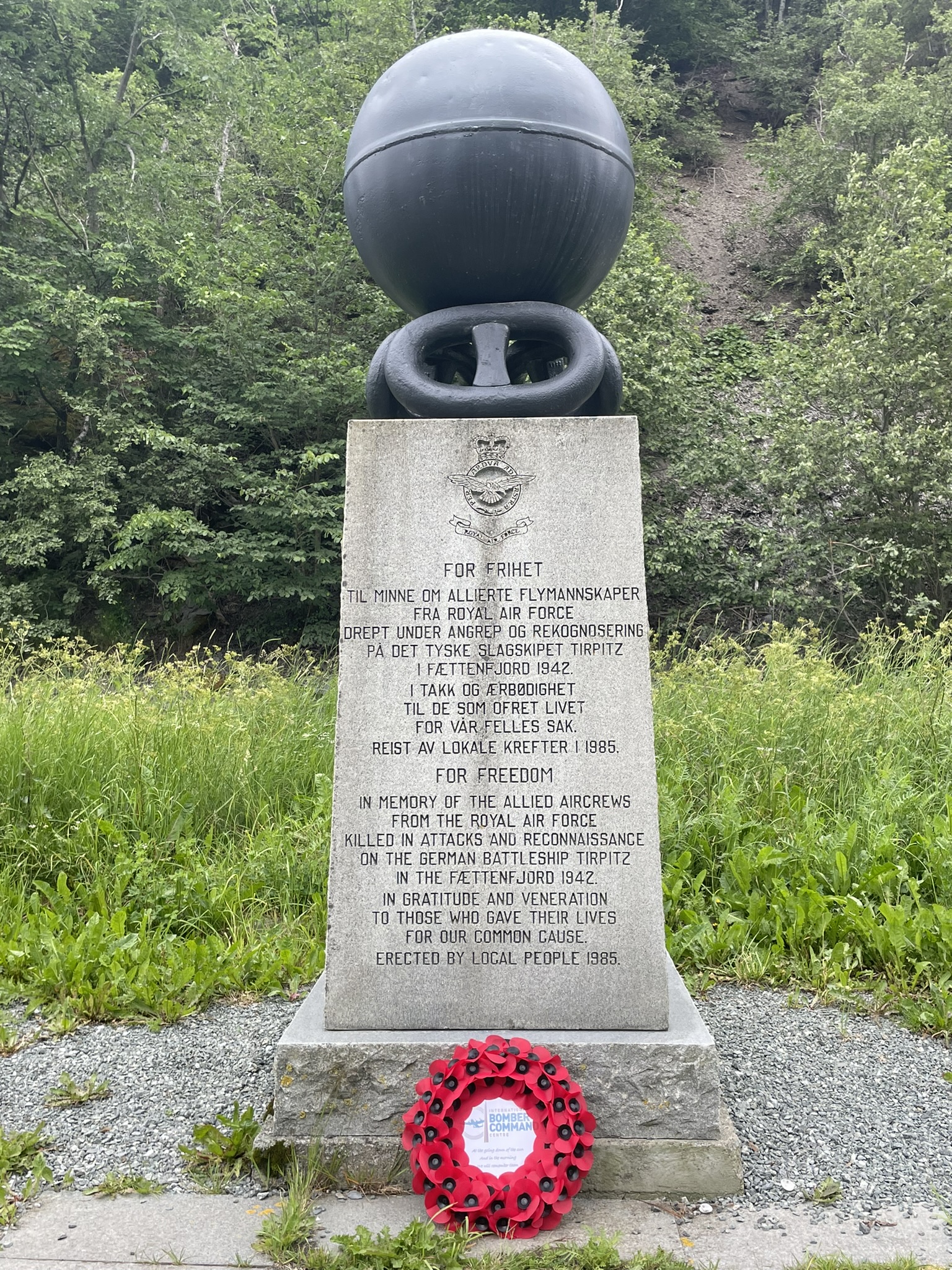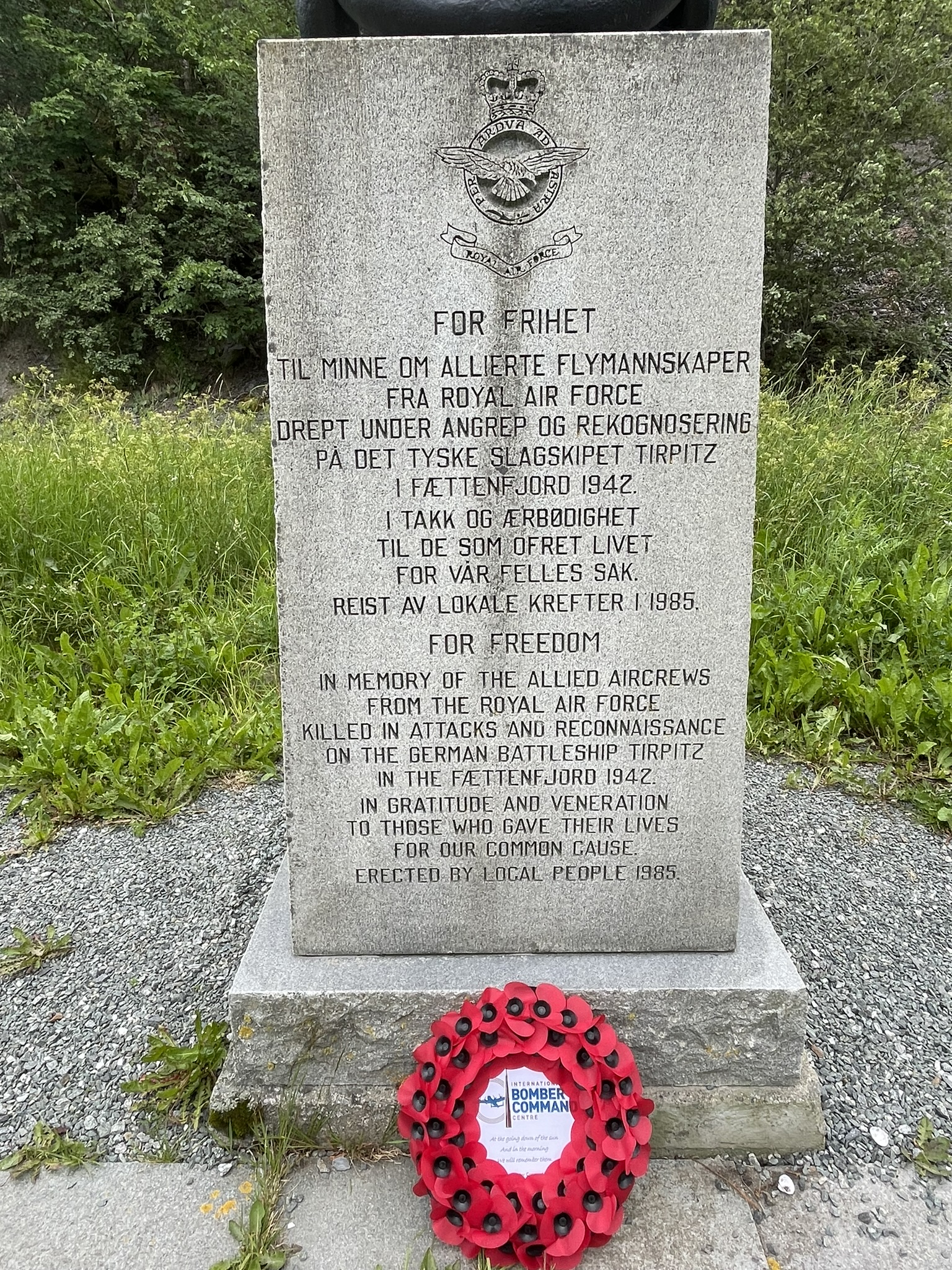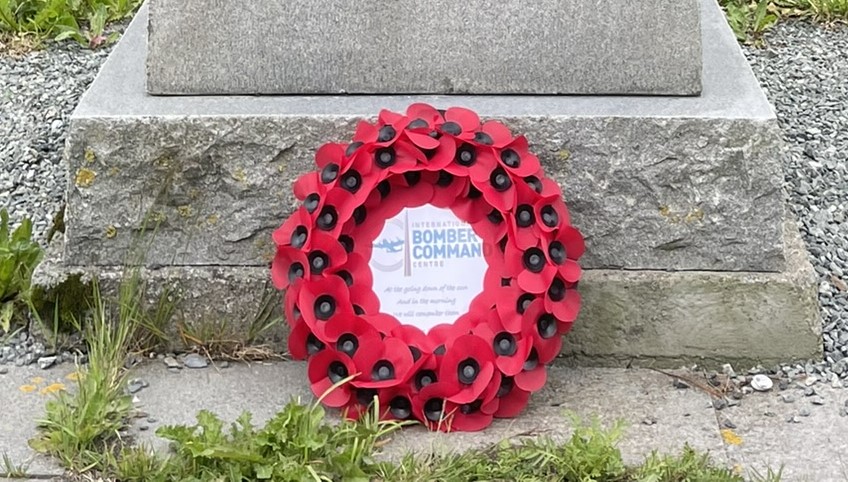Price, Charles Melville
Personal Information
| Rank | F/S |
| Forename(s) | Charles Melville |
| Surname | Price |
| Gender | M |
| Age | 30 |
| Date of Death | 31-01-1944 |
| Next of Kin | Son of Charles Harry and Adelaide Price, of Toronto, Ontario, Canada. Husband of Hazel Joice Price, of Toronto. |
Aircraft Information
| Aircraft | Avro Lancaster III |
| Serial Number | JB659 |
| Markings | OF-J |
Memorial Information
| Burial/Memorial Country | Netherlands |
| Burial/Memorial Place | Haarlemmermeer (Zwanenburg) General Cemetery |
| Grave Reference | Plot B. Row C. Coll. grave 15. |
| Epitaph | AT THE GOING DOWN OF THE SUN AND IN THE MORNING WE WILL REMEMBER THEM (From the poem by Robert Laurence Binyon, "For the Fallen") |
IBCC Memorial Information
| Phase | 2 |
| Panel Number | 228 |
Enlistment Information
| Service Number | R/182206 |
| Service | Royal Canadian Air Force |
| Group | 8 |
| Squadron | 97 (Straits Settlements) |
| Squadron Motto | Achieve your aim |
| Trade | Air Gunner |
| Country of Origin | Canada |
Other Memorials
| Location | Bourn Village, Cambridgeshire |
| Country | United Kingdom |
| Memorial Type | Village Sign featuring relief of Lancaster JB659 OF-J |
| Memorial Text | Village Sign featuring relief of Lancaster JB659 OF-J |
| Location | Church of the Holy Spirit, RAF Coningsby, Coningsby, Lincolnshire |
| Country | United Kingdom |
| Memorial Type | Stained Glass Window |
| Memorial Text | A stained glass window remembering 97 Sqn in the Church of the Holy Spirit, RAF Coningsby |
| Location | Roadside location (off E6), Fættenfjord, near Åsenfjord, Trøndelag Fylke |
| Country | Norway |
| Memorial Type | Inscribed memorial stone atopped with inert aerial sea mine and Tirpitz anchor chain link |
| Memorial Text |
For Frihet Til minne om Allierte Flymannskaper fra RAF drept under angrep pa det tyske slagskipet Tirpitz i Fættenfjord 1942
Translation "For freedom In memory of the Allied Aircrews from the RAF who died in attacks on the German Battleship Tirpitz in the Fættenfjord 1942 " |
Commonwealth War Graves Commission
The National Archives
| Record of Events (Operational Record Book) AIR 27/768/2 |
| Summary of Events (Operational Record Book) AIR 27/768/1 |
Fellow Servicemen
Please note that this list gives all the losses aboard the quoted aircraft and occasionally these may have occurred on an earlier date when the aircraft was not itself lost. Please check the dates of death carefully.
Last Operation Information
| Start Date | 30-01-1944 |
| End Date | 31-01-1944 |
| Takeoff Station | Bourn |
| Day/Night Raid | Night (36% moon) |
| Operation | Berlin. 534 aircraft without diversionary raids. 33 aircraft Lost (6.2%). Initial German attempts to intercept with night-fighters failed and the bomber stream was well on the way to Berlin before they met with any resistance. Complete cloud-cover over Berlin but concentrated damage in the centre nonetheless with additional widely scattered bombs. At least 1000 deaths on the ground, 2 industrial premises completely destroyed and a further 15 seriously damaged. The Propaganda Ministry was hit, as was the railway infrastructure |
| Reason for Loss | Take-off 1710 hrs with 2 x 2000lb bombs and marker flares. Completed the bombing run and was attacked by a night-fighter on the return leg flown by Oberleutnant Heinz-Wolfgang Schnaufer of 12./NJG 1 (Leeuwarden airfield). The cockpit of the Lancaster was blasted away and fell to earth with the pilot and one of the air gunners still within it. Crashed at 2205 hrs with two engines still running on a farmhouse at Zwanenburg (Noord-Holland), fatally injuring the farmer Cor van der Bijl (he died three days later), and immediately killing his wife Adir and their four youngest children, Harrie (5) Johan (4), Tom (3) and Ida (1 ½) . The bodies of the pilot and air gunner were recovered from the scene and buried locally, as were the farmer and his family. The other airmen were buried deep underground, still inside the fuselage until the year 2001 when the site was excavated by the Royal Dutch Salvage Team prior to the building of a new marina on the site. Many scraps of clothing, a shoe, a few coins and eventually human bones were discovered. A Dutch laboratory was able to determine that remains of all five airmen were present although the DNA was too damaged to allow identification of which individuals each belonged to. Their remains were buried in a single coffin alongside their comrades. One of the propellers was returned to RAF Bourn, 57 years after it left for its fateful journey. A memorial has been erected at the crash site comprising another of the aircraft's propellers. Surrounding it are two Canadian maples, two eucalyptuses, three British oaks, and six Dutch elms- one for each life lost. |
